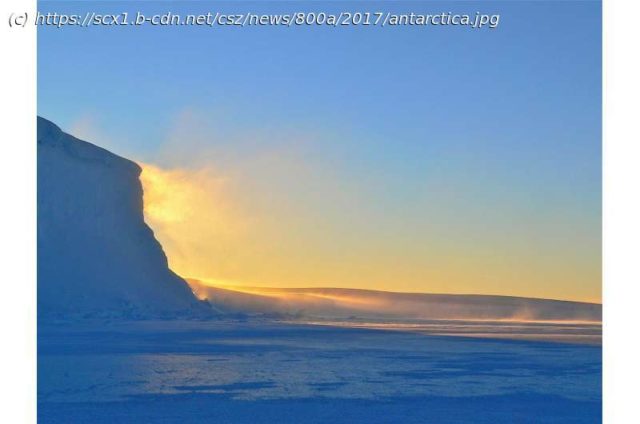Antarctica’s unique ecosystems could be threatened by the arrival of non-native marine species and marine pollution from Southern Hemisphere landmasses, new oceanographic modeling shows.
Antarctica’s unique ecosystems could be threatened by the arrival of non-native marine species and marine pollution from Southern Hemisphere landmasses, new oceanographic modeling shows.
In a study published today in Global Change Biology, scientists from UNSW Sydney, ANU, University of Otago and the University of South Florida suggest that floating objects can reach Antarctic waters from more sources than previously thought.
“An increasing abundance of plastics and other human made debris in the oceans means there are potentially more opportunities for biota to reach Antarctica”, says lead author Dr. Hannah Dawson, who completed the study as part of her Ph.D. at UNSW, and is now based at the University of Tasmania.
Non-native species—including a range of small marine invertebrates—can reach Antarctica by catching a ride on floating objects like kelp, driftwood, pumice, and plastic. Previously, scientists thought these species only drifted from remote and unpopulated islands in the Southern Ocean. However, this new research suggests they can reach the Antarctic coastline from all southern continents.
“We knew that kelp could raft to Antarctica from sub-Antarctic islands, such as Macquarie and Kerguelen Islands, but our study suggests that floating objects can reach Antarctica from much further north, including South America, New Zealand, Australia, and South Africa”, says Dr.
Home
United States
USA — IT Antarctica vulnerable to invasive species hitching rides on plastic and organic debris,...






